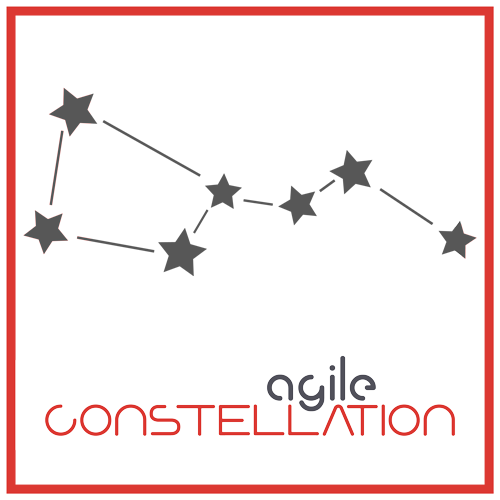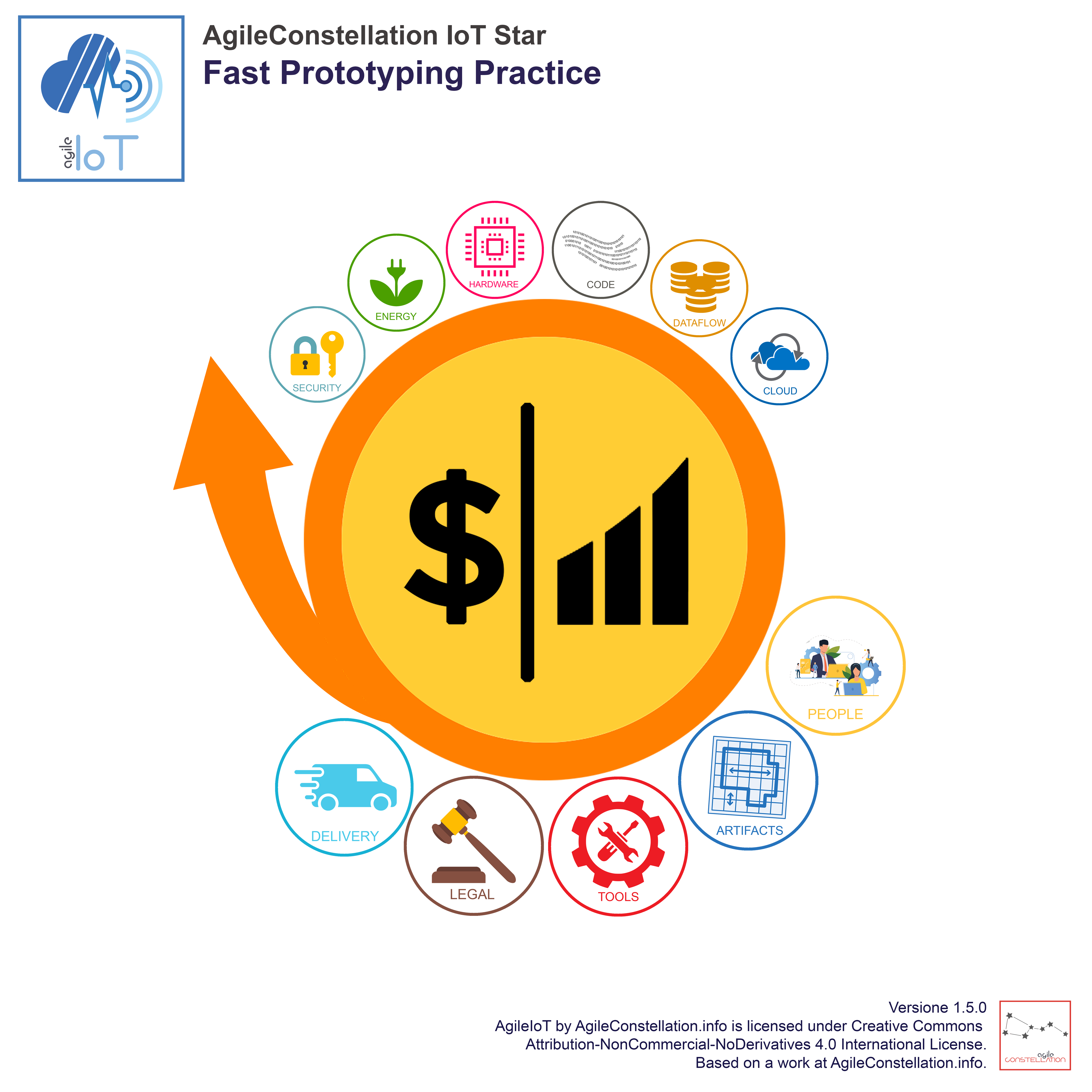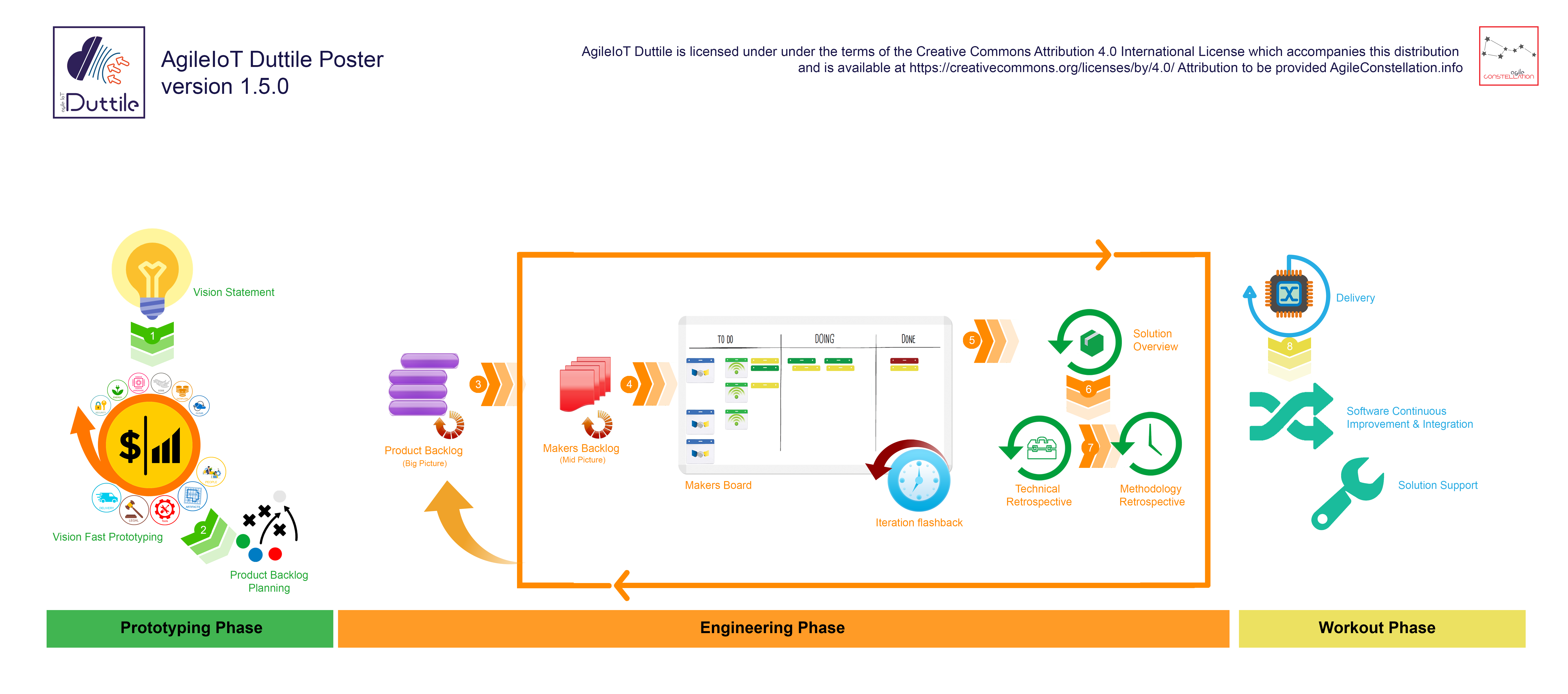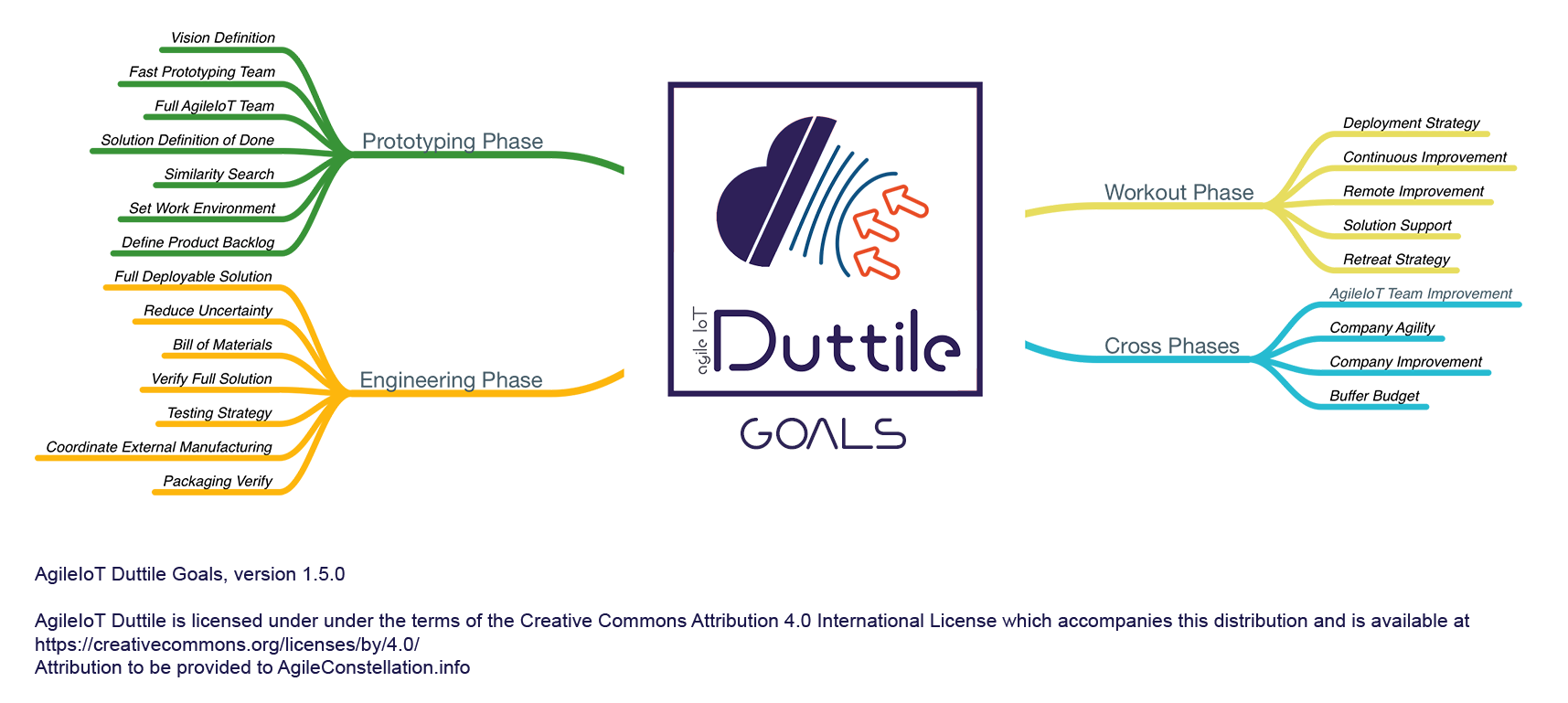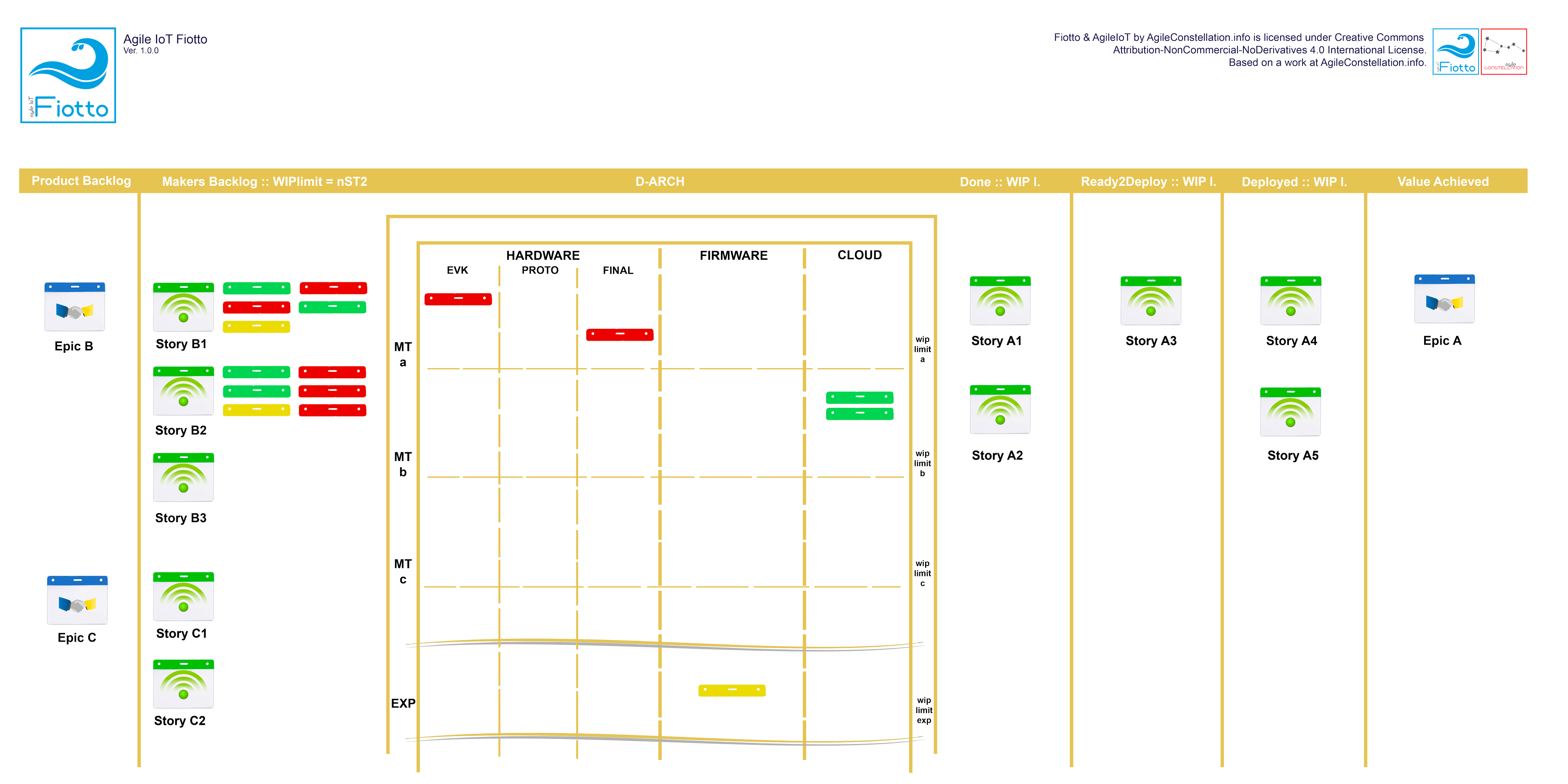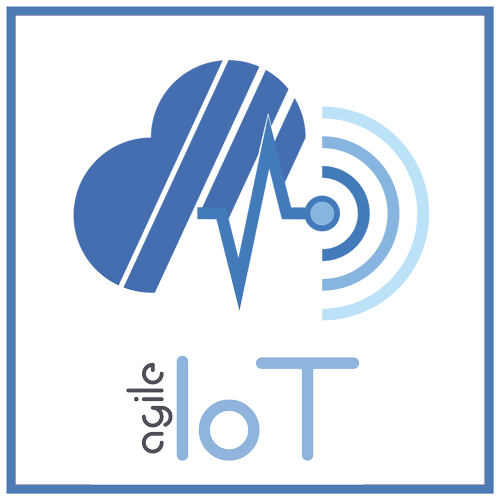
The Internet of Things (IoT) and the Industrial Internet of Things (IIoT) is one of the enabling technologies of the so-called Industry 4.0, which is aimed at having an always connected world in which the collected data are used to be able to efficiency the various activities and initiatives related to it. This is the new frontier of integration between aspects of daily life and the great Network, a new technological reality in which the objects of the physical world are interconnected to work more efficiently and effectively, improving the daily life and governance of the territory.
The scenarios are multiple: Smart Car, Smart Metering, Smart Asset Management, Smart Home & Building, Smart Logistics and Smart City. Thus, we find the alarm clock able to ring in advance in case of traffic and the home automation system that regulates the temperature and lighting of the house depending on the season or time of day.
A world with enormous potential, towards which the first steps are being taken and which invests the world of Information Technology like a hurricane, transforming it and rewriting its rules. Like all major transformations, IoT brings with it new challenges and elements of attention: what will happen to our privacy? how will our data be managed? what are the energy implications? what are the costs associated with all this?
It is therefore necessary not to leave to chance the governance of the solutions that will create the new IoT ecosystem, taking advantage of the experience gained so far in the various disciplinary areas involved. Furthermore, we must not sketch out adaptations that may prove inadequate because they seek to translate specific aspects of a single domain into a context in which multidisciplinary is a key element. Itis therefore clear that it is necessary to imagine a new approach, a new methodology, which expresses the essential reference elements for the governance of new and complex projects in the IoT world.
With this in mind, AgileIoT was born, which suggests workflows and practices to manage, coordinate and implement the projects attached to the world of IoT and IIoT from an Agile and Lean perspective, looking at them holistically and suggesting an approach where the different elements are considered part of an integrated process. Based on AgileConstellation mindset, AgileIoT is a "star" that adds 6 new domain bubbles useful to validate the sustainability of the solution: Security, Energy, Hardware, Code, DataFlow, Cloud.
Currently, AgileIoT is declined in relation to two specific implementation frameworks: AgileIoT Duttile and AgileIoT Fiotto.
AgileIoT Duttile defines a rich and articulated workflow, oriented to Value and End-to-End solutions. In particular, the creation of a specific solution goes through three well-defined phases:
-
- Prototype Phase: this is the first stage of the process. Vision is defined, the Fast-Prototyping phase is carried out and the Product Backlog is created through a specific planning phase.
- Engineering Phase: this is the phase in which the solution is engineered and developed. It is, intuitively, the most full-bodied and complex phase of the whole process.
- Workout Phase: it is the last phase focused on delivery in operation, support and continuous improvement.
The inherent complexity entrusts a fundamental role to the identification of Project Goals that, in relations to the specific phases, are representatives below:
Like AgileIoT Duttile, AgileIoT Fiotto provides a solution to bring Agile to the IoT world, but with greater Lean/Kanban inspiration, providing "Continuous Delivery “and "Continuous Deployment" tools for the realization of IoT solutions oriented to a continuous or update of their features.
Fiotto contemplates a specific board, implementing the concept of WorkPivot, which allows you to move from the evidence of overall (horizontal) to specific (vertical) activities, managing everything visually thanks to the introduction of D-ARCH (Doit for... Achieve Rapidly Customer Hopes.
The different activities are identified according to their technical/technological domain (Hardware, Firmwareand Cloud – vertical axis) associating them, at the same time, with the specific working groups within the team and the related Work in Progress limit (WIP-limit / WIP-l).
In conclusion, you can summarize the main advantages of AgileIoT:
-
- Improve the efficiency of processes or workflows, leveraging solutions inspired by Agile and Lean, along with their explicit visualization.
- Reduction of the intra-team communication gap, developing a common vision and language among the different professionals involved.
- End-to-end management, including the development of custom components as standard.
- Improvement of quality, both "real" and "perceived".


